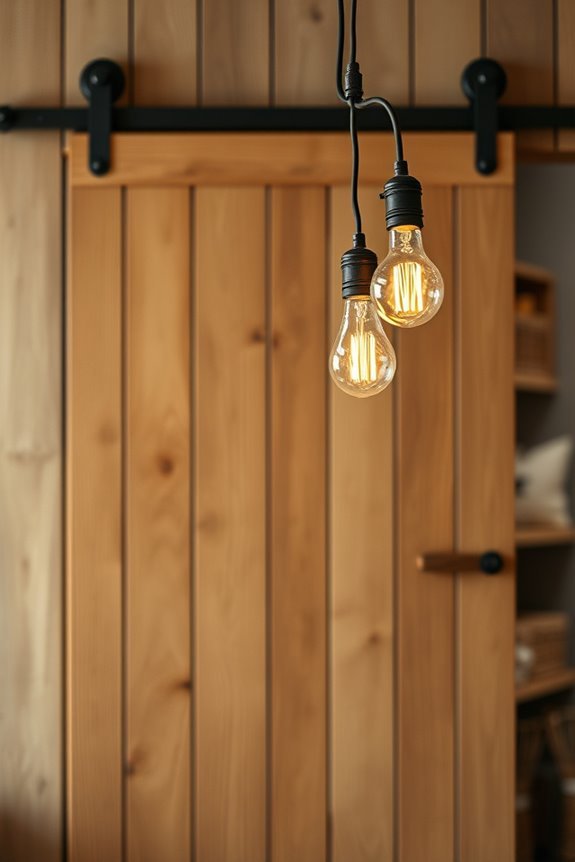How to Bend Copper Pipe Like a Pro: A Complete Step-by-Step Guide
Bending copper pipe is a crucial skill in plumbing, HVAC, and DIY home improvement projects. Whether you’re installing water lines, refrigerant tubing, or decorative fixtures, knowing how to bend copper pipe correctly can save you time, money, and frustration. Unlike rigid plumbing materials, copper is flexible enough to be bent into smooth curves without needing fittings at every corner — but only if you do it right.
In this detailed guide, I’ll walk you through everything you need to know about bending copper pipe, from the tools to use, preparation tips, step-by-step instructions, and common mistakes to avoid. Let’s get started!
Why Bend Copper Pipe?
Copper pipe is widely used for plumbing and HVAC systems because of its durability, corrosion resistance, and reliability. Bending copper pipe has several advantages:
- Reduces fittings: Fewer joints mean fewer potential leak points.
- Saves space: Curves can help pipes fit into tight or awkward spaces.
- Improves aesthetics: Smooth bends look cleaner and more professional.
- Simplifies installation: Sometimes it’s easier to bend than to cut and join.
However, bending copper requires care. Too much force or the wrong technique can cause kinks, cracks, or flattening that weakens the pipe.
Tools and Materials You’ll Need
Before starting, gather the following:
| Tool/Material | Purpose |
|---|---|
| Copper pipe | The pipe you want to bend |
| Pipe bender | Tool for bending pipe smoothly |
| Pipe cutter or hacksaw | To cut pipe to length |
| Measuring tape | For accurate measurements |
| Marker or pencil | To mark bend points |
| Safety gloves | To protect your hands |
| Safety goggles | To protect your eyes |
| Sandpaper or emery cloth | To smooth cut edges |
| Protractor or angle finder (optional) | To check bend angle |
Step 1: Measure and Mark Your Pipe
The first step is accuracy. Use a measuring tape to find where you want your bend to start. Mark the point clearly with a pencil or marker. If you have multiple bends, mark each required spot.
Tip: Measure twice before marking to avoid mistakes.
Step 2: Cut the Pipe (If Necessary)
If your pipe is too long for the project, use a pipe cutter or hacksaw to cut it to size.
- Place the pipe cutter around the pipe.
- Tighten the cutter slightly.
- Rotate around the pipe, tightening incrementally until the pipe is cut.
If using a hacksaw, cut slowly with steady strokes for a clean edge.
After cutting, use sandpaper or an emery cloth to smooth any sharp edges or burrs inside and outside the pipe.
Step 3: Prepare Your Pipe Bender
There are different types of pipe benders:
- Manual benders for small diameter pipes (usually up to ½ inch).
- Hydraulic or ratcheting benders for larger pipes.
Pick the groove on your bender that matches your pipe diameter exactly. This ensures a smooth bend without flattening.
Place the bender on a stable surface or hold it securely if handheld.
Step 4: Insert the Pipe into the Bender Correctly
Align the mark on your pipe with the bending indicator on the tool. Make sure the pipe sits fully in the groove designed for its diameter.
Double-check alignment; an off-center bend can cause uneven deformation.
Step 5: Start Bending Slowly and Evenly
Apply slow, steady pressure to begin bending. Avoid rushing — sudden force can kink or crush the pipe.
As you bend:
- Keep your hands steady.
- Apply pressure evenly.
- Stop frequently to check progress.
For larger pipes, use both hands if necessary for control.
Step 6: Check Your Bend Angle
Use a protractor or angle finder to measure the angle of your bend if precision is needed. Common angles are 45°, 90°, and 180° bends depending on your project.
Adjust the bend as needed by carefully applying more pressure or releasing some tension if you go too far.
Step 7: Inspect Your Bend Thoroughly
After bending, check for:
- Kinks: Sharp bends that look folded or crushed.
- Flattened areas: Sections where the circular cross-section is distorted.
- Cracks: Visible splits in the copper which means the pipe is compromised.
A properly bent copper pipe should have a smooth curve without any deformities.
Additional Tips for Success
- For small diameter copper pipes (1/4″ to 1/2″), a spring bender can be used. Insert it inside the pipe before bending to keep shape.
- For larger pipes (3/4″ and above), use a heavy-duty ratcheting bender.
- Avoid trying to bend cold copper pipe past sharp angles; heat can be applied with a torch if necessary but requires experience.
- If you don’t have a bender, fill the pipe completely with sand and cap both ends tightly before bending; this prevents kinks.
- Practice on scrap pieces before working on your actual project.
What to Do If You Get a Kinked Pipe
If your copper pipe gets kinked:
- Try gently bending it back opposite the kink.
- If it’s severely damaged, replace that section of pipe.
- Avoid forcing it; kinks weaken the pipe and lead to leaks.
Conclusion
Bending copper pipe may seem intimidating at first but with the right tools and techniques, it’s a manageable task even for beginners. Accuracy in measuring, patience during bending, and proper inspection afterward will ensure your work is professional and leak-free.
Take your time, follow these steps carefully, and soon you’ll be able to handle copper pipe bending confidently in your plumbing or HVAC projects!
If you want tips on specific types of bends or how to work with other piping materials, just let me know!


